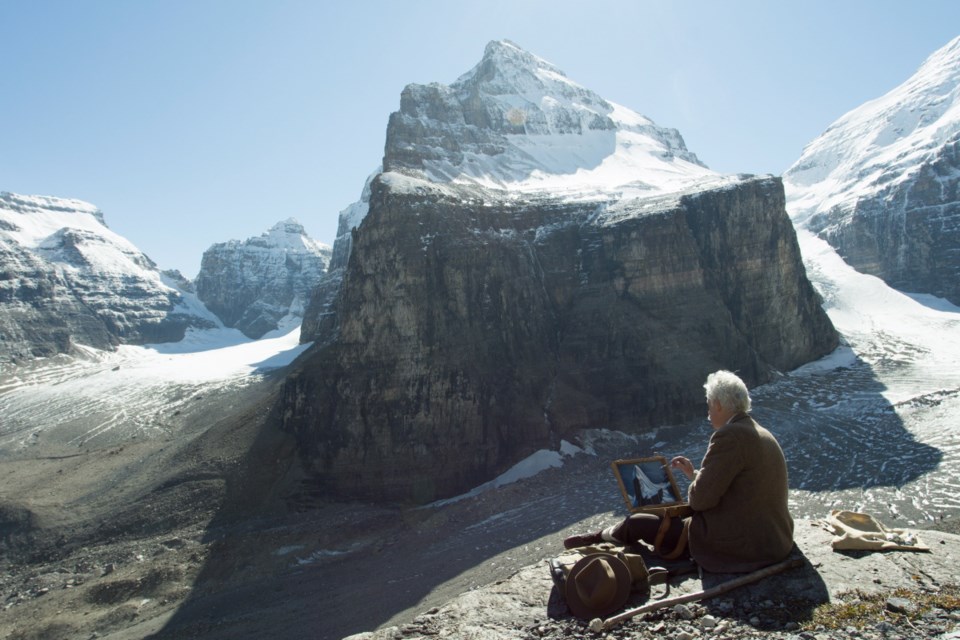TORONTO — With his paintings shattering records at auctions, and an upcoming exhibit of his work at the Art Gallery of Ontario, Lawren Harris is having a career renaissance more than four decades after his death.
Focus on the life and work of the legendary Group of Seven leader shifts to the screen with Where the Universe Sings: The Spiritual Journey of Lawren Harris, premièring Saturday on Ontario public service broadcaster TVO.
The film will be available to stream at tvo.org beginning on Sunday.
Emmy-winning filmmaker Peter Raymont (Shake Hands with the Devil) and first-time director Nancy Lang provide an hour-long portrait of the artist.
“He’s quite singular in Canadian history,” said Lang, who painted and exhibited for 15 years.
“A hundred years later, people still are looking at his work as [among] the most important in Canada.”
Actor-comedian Steve Martin, who is curating the upcoming AGO exhibit, is among the leading Harris experts interviewed for the film, which also includes contributions from the late artist’s grandchildren, Stew Sheppard and Toni Chowne.
Where the Universe Sings also showcases works by artists who influenced Harris, including Vincent Van Gogh, Georgia O’Keeffe and Victoria’s own Emily Carr, who was closely linked to the Group of Seven.
Acclaimed stage and screen star Colm Feore acts as the voice of Harris, reading letters written by the artist.
“He asked people to destroy them, but fortunately, Emily Carr kept them, and they became a window into his soul, and his thinking and his feeling about many things,” said Raymont.
The filmmakers also gained insight into Harris’s own process as he tried to encourage Carr to keep painting, Lang noted.
“He was a very, very disciplined man. It didn’t come easy. He worked at what he did. I think that was the other thing that was revealing, is how determined he was …
“He got up every morning and had a daily routine at which he worked. It wasn’t that this just happened to him. I think he worked hard to get where he did.”
One section of the film draws attention to several paintings created of the same subject: Pic Island off the north shore of Lake Superior.
“As you watch the evolution of his thinking as he experiments and strips away detail, and works and reworks the same painting and changes it, you do, I think, get a fascinating insight, a real glimpse into the creative process,” said Raymont.
Ben Low portrays Harris in on-screen re-enactments filmed at various locations across Canada. This creative device helped filmmakers, given the lack of footage of Harris available.
Many of the photos of his early years were destroyed by his first wife, noted Lang.
“He really was a very modest man, did not want to be the centre of attention, so he was rarely filmed.”
Raymont and Lang said Harris’s foray into abstract work will be revelatory to many.
“It’s rare that you get an artist that travels so enormously in their work,” said Lang.
“He went from highly representational drawings of houses in Toronto and through this slow evolution into abstract …
“When he started painting abstract, they didn’t sell. People weren’t interested in them. And yet he still did it. He still pursued that, and that’s unusual in an artist.
“Fortunately, he was also in a position where he had means to do so. He was independently wealthy and so he didn’t have to sell. But nevertheless, he did push, and that’s where I give him great credit for doing that.”



